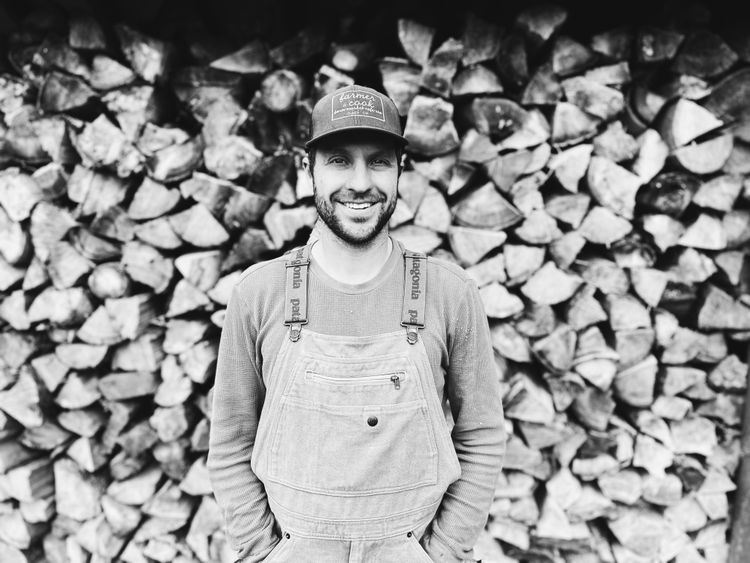Notes on the dad bod

The obvious solution to avoid a dad bod is to continue exercising while avoiding processed food. The obvious obstacle, however, is less time (and energy and motivation, chores and work).
This is why most American men gain weight and lose muscle after becoming a dad. But this isn't the whole story. Let me explain.
Poverty of the flesh
The average age for a new dad is 30, which is inconvenient because it's about the time of peak strength in men. After that there's a steady decline in lean mass until you die. This is referred to as sarcopenia, which is derived from the Greek words 'sarx' and 'penia' and translates to “poverty of the flesh." Wonderful.
Not only is there less time (and energy and motivation) to move more and eat homemade salads, but dads are also up against a biological decline in fitness.
The average American man

The "dad bod" is the result.
6 years ago I shared this graphic of the average American male. At the time, I blamed the high BMI on a lack of exercise and a poor diet, but I've since learned how nuanced weight-gain is. I shared a study last week in my newsletter, for example, that showed how we gain weight discreetly at about a pound a year.
Now, when I look at this image I'm more concerned about muscle loss because frailty increases your risk of pretty much all negative health issues, including early death.
Movement determines diet
The best solution I've found for myself and for my patients is to focus on movement first, and your diet will follow.
Trust me, you will seek out a Buddha bowl over a burrito if you know you're waking up at 6am to go on a ride. And you definitely won't eat an entire pizza for dinner if you're going to a yoga class in the morning–few things motivate me more than not wanting to fart in a yoga class.
On movement with limited time
Capitalize on any 15- to 20-minute window of free time for resistance training. This requires more discipline and more desire than before, but it's effective.
A recent study found that improvement in muscle strength and muscle endurance were similar regardless if participants performed one or three sets per session. One set per major muscle group equates to just 13-minutes of resistance training per session, or 39 total minutes per week. There goes the excuse about time.
Hare are the major muscle groups to prioritize: chest, back, arms, abdominals, legs, and shoulders. Notice how it's more than arms and abs.
Additional tips
- Find the healthiest fast-food possible. Rural Montana is known for having few restaurants, but almost every bar in this state has a salad with chicken. If you're going to drive through the DQ then create the habit of ordering the healthiest thing on the menu and skip the Dilly bar. Ask yourself, "What would a healthy person order?"
- Nothing ruins your progress like "a few beers." Hops and barley contain phytoestrogens and calories that lead to fat accumulation around the waist. One way to limit the number of beers you drink is to chase each drink with a glass of water. If nothing else, you will pee so much that a 3rd beer will sound like a chore.
Takeaway
Transitioning into a dad bod isn't the end of the world because the fat can be shed and the muscle can come back. The trick is to prioritize your physical health as close to 30 as you can because it's harder to get fit in your 40s due to sarcopenia.
I listened to an interview this week on the Rich Roll podcast with Mark Wardian who has a world record, can run a 2:17 marathon, AND has a family and a full-time job. How? What's the secret? (Please tell me it's genetics.)
"You have to want it."
That's it, that's Mark's secret sauce.
Do you want to stay in shape? It's doable, you just have to want it more than you you did before because it's harder now to find the time (and energy and motivation).





Member discussion